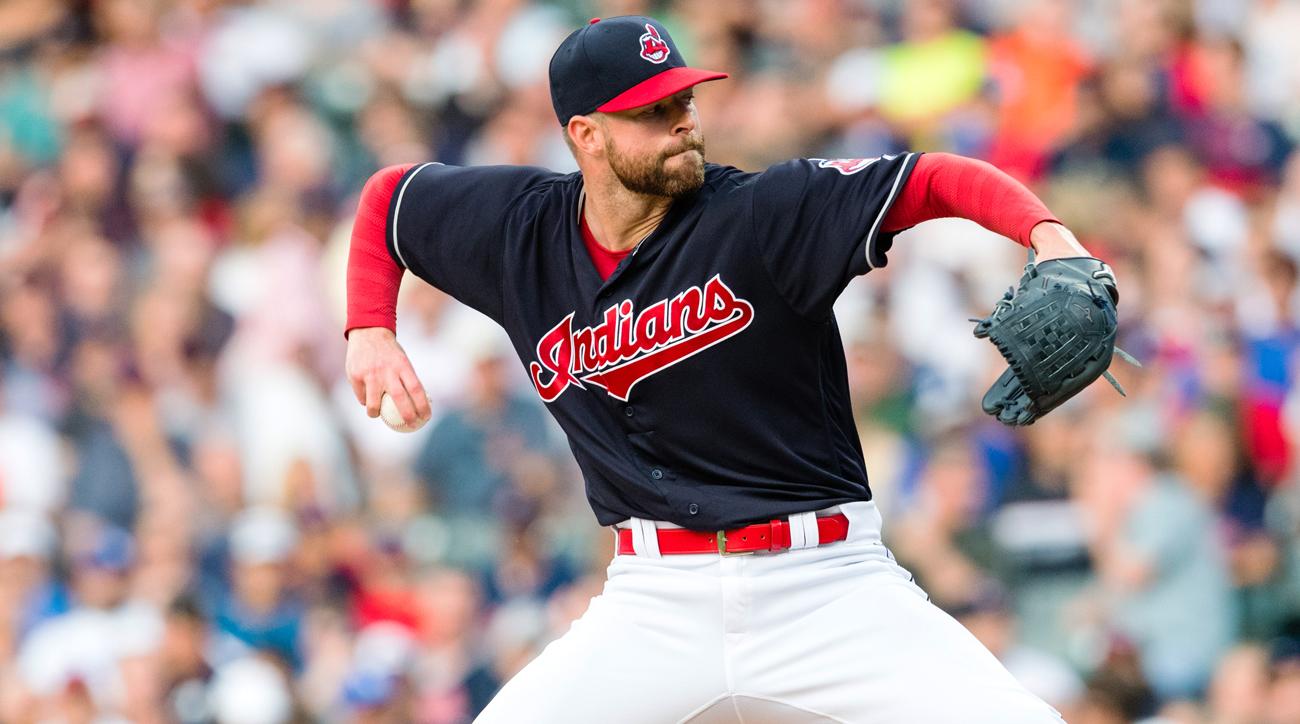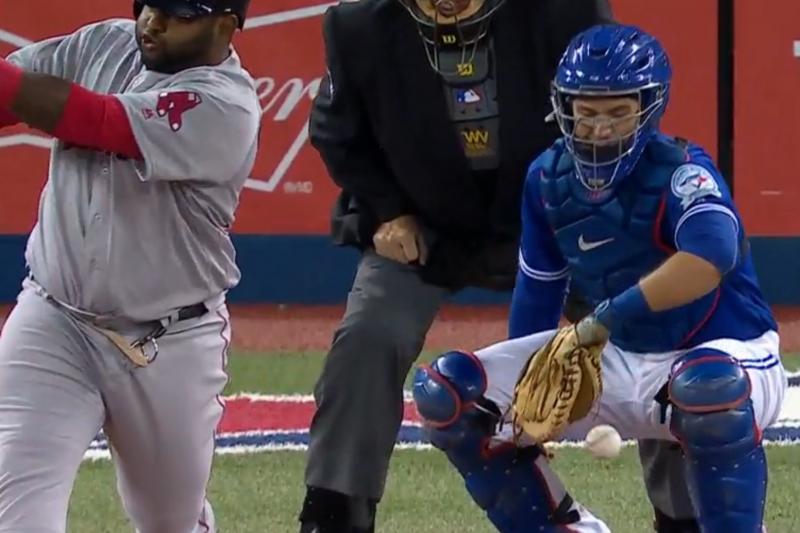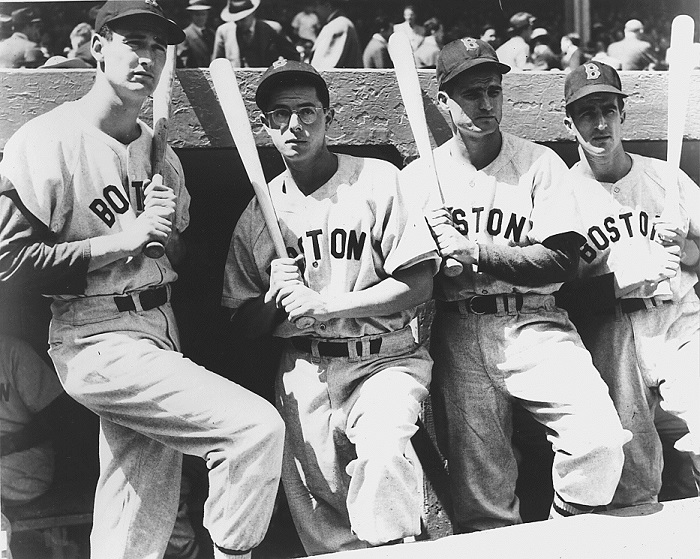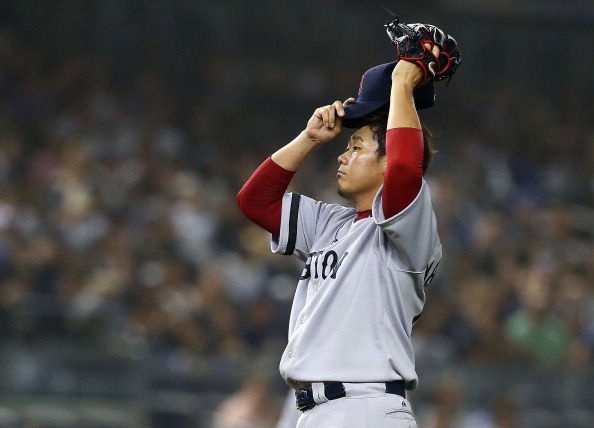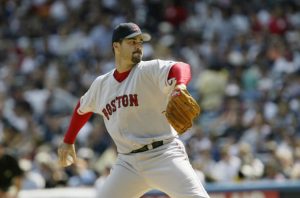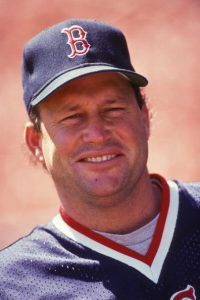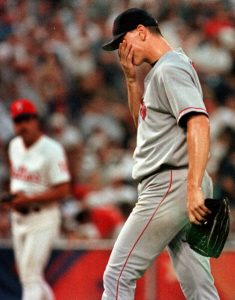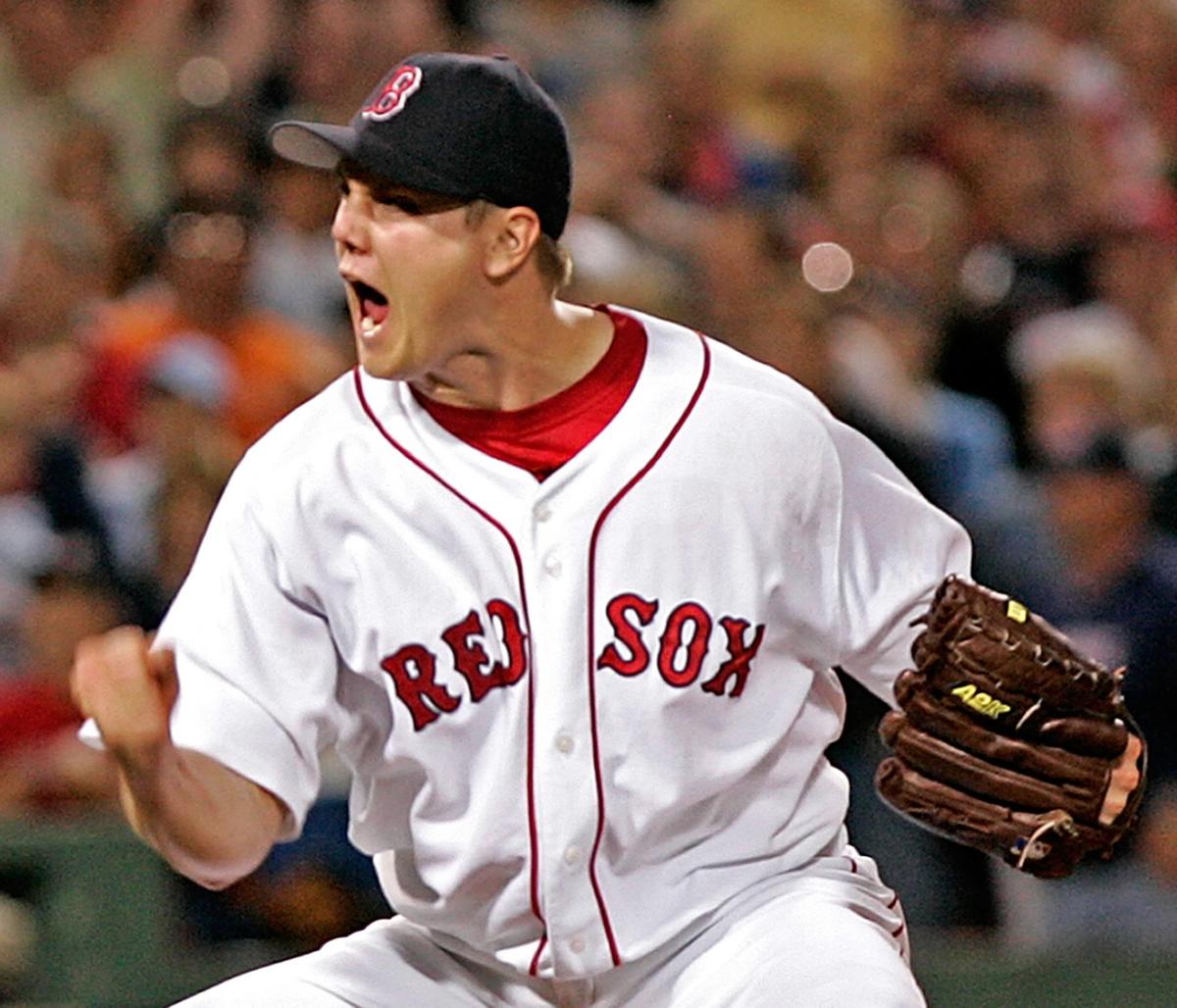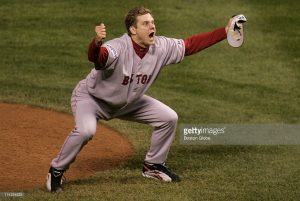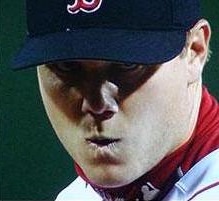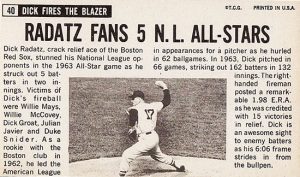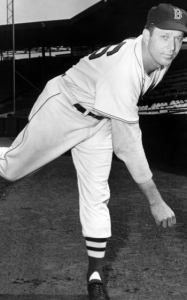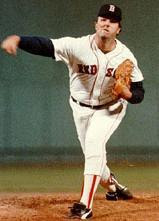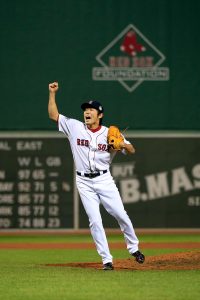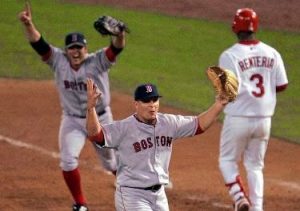There have been some top 10’s circulating lately, with MLB Network posting their top 10 for 2018 at each position. Buster Olney also did a top 10 at each position, but his lists showed an immense New York bias and Red Sox hatred from the former Yankees reporter. Seeing his lists made me want to rectify them. Now, here’s where my list is different from MLB Network’s lists; I am not doing for just this season as they have been. Personally, I care more about who I would want on my favorite team rather than who will put up good numbers for just one season. With my lists, I will be taking age into consideration when determining the 10 best players at each position. So, whereas Justin Verlander might crack the top five best pitchers for 2018, he’s a fringe candidate for my top 10 list.
1. Clayton Kershaw
Clayton Kershaw, pretty clearly to me, is the best pitcher in baseball. What he has accomplished these past five to seven years is historic, and at just 29 years old he is already a top 10 left-handed pitcher of all-time in my book. From 2013-2016, Kershaw had an ERA below 2.00 in three of those four seasons. His WHIP has been under 1.00 in each of the past five seasons.
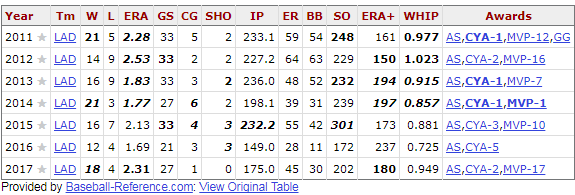
In these past seven years, Kershaw has a 118-41 win-loss record to go with a 2.10 ERA and 0.91 WHIP. During this remarkable run, he has never finished lower than 5th in the Cy Young vote; that fifth place finish was thanks to an injury. If Kershaw had not missed time that year he likely would have won his 4th Cy Young. As it stands, he has three of them along with two 2nd place finishes and an MVP Award.
If there is one thing that can keep Clayton Kershaw from being number one, it is injuries. Kershaw has missed some time the past couple seasons due to injury. The injuries haven’t been to his arm, but each of the last two years it has been a back injury that has forced him out. The fact that he has now had recurring issues with his back is of some concern. However, with how dominant he is, and just turning 30 this March, Kershaw still ranks number one in my book.
2. Max Scherzer
At 33, Scherzer is the old man of the lists, which makes me feel old. It doesn’t seem like that long ago I took him as a dark horse to win the AL Cy Young and he did. Since, Scherzer has developed into one of the very best in the game. Over the past five seasons, Scherzer has won 3 Cy Young Awards and placed in the top five in the other two. During that stretch, he is 89-33 with a 2.87 ERA, 0.99 WHIP and 10.9 strike outs per nine innings. Scherzer has also thrown two no-hitters and tied a Major League mark by striking out 20 batters in one game. He seems like he will contend for Cy Young Awards for a few more seasons, and that is good enough for me.
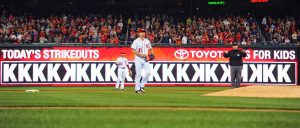
Mark Goldman/Icon Sportswire
3. Corey Kluber
I don’t think you can go wrong in an order for these top three pitchers. What Kluber has done while pitching in the American League could certainly warrant consideration for the top spot. Surprising to me, Kluber will be 32 this April, two years older than Kershaw despite beginning his career later. Kluber has really taken off the past four seasons, winning two Cy Young Awards and placing third in another year. He has led the league in wins twice, ERA once and WHIP once during that span. He has also struck out more batters than innings pitched in each of those seasons. Kluber rode a fantastic second half last season to his second Cy Young Award. With 1006 strike outs, a 2.83 ERA and 1.02 WHIP over the past four seasons, it’s hard to argue with Kluber in any one of these top three spots.
4. Chris Sale
Sale is the first one who won’t be 30 by season’s end. However, as great as Sale is, he seems to be a notch behind the three above him. Nonetheless, what Sale has achieved is pretty amazing. Sale began his professional career as a relief pitcher, making just 11 appearances in the minors before a call up the same year he was drafted. He then made 79 relief appearances over his first two seasons. In his six seasons since as a starter, Sale has made six all-star teams and has never finished lower than sixth place in a Cy Young vote. He has a 3.01 ERA, 1.05 WHIP and 10.5 strike outs per nine innings during that time period.
After being acquired by the Red Sox last offseason, Sale struck out a career high 308 batters and led the league. This was the second time in his career that Sale had led the league in strike outs. The total helped Sale to a second place Cy Young finish behind Corey Kluber, the closest he has come to winning the award. One thing that could help Sale invade the ranks of the guys above him is finishing years stronger. Sale has a tendency to fade late in the year, with September being by far the worst month of his career historically.

Red Sox starting pitcher Chris Sale delivers a pitch against the Tampa Bay Rays during the first inning at Fenway Park. Mandatory Credit: Winslow Townson-USA TODAY Sports
5. Madison Bumgarner
Bumgarner seems like he has been around for a while and thrown a ton of innings, but he is still only 28 years old. One of the best pitchers in baseball this decade, Bumgarner has a 3.01 career ERA. Before last season’s injury plagued year, he had posted an ERA under 3.00 in four consecutive seasons. His strike out rate had also been climbing during that stretch, peaking at 10 strike outs per nine in 2016.
Where Bumgarner really separates himself is in the postseason. Over 14 starts and 16 appearances during postseason play, Bumgarner is 8-3 with a 2.11 ERA. He elevates his game even further for the World Series, going 4-0 with a save in his five appearances. During those games, Bumgarner has allowed one run, just one, over 36 innings pitched. He has allowed an absurd 14 base hits during those 36 innings. He is the pitcher you want on the mound come playoffs.
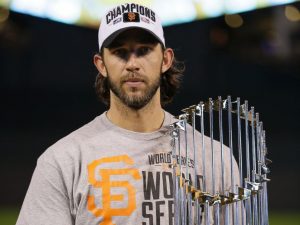
Charlie Neibergall/AP Photo
6. Noah Syndergaard
“Thor”, as he has been called, has only pitched in parts of three seasons at the big league level. Last season was mostly a wasted season for him, only making seven starts due to injury. The fact he still comes in at six speaks volumes to the talent he has shown. Syndergaard’s average fastball this past season was 98.6 miles per hour! That’s just his average, not his top speed. His devastating slider sits in the low to mid-90’s, which is nearly unheard of for a breaking pitch. In 2016, his one full season to this point, Syndergaard had a 2.60 ERA and struck out 218 batters against just 43 walks. I don’t think we’ve seen the best of him yet.
7. Stephen Strasburg
Strasburg is the second Nationals player to make this list. One of the most hyped pitchers I have witnessed coming out of college, Strasburg has always been good, but never quite living up to expectations. Last season, seven years after his debut, Strasburg posted the best season of his career. He was 15-4 with a career low 2.52 ERA and 1.015 WHIP. Maybe he is learning what it takes to fully tap into all that potential. His biggest pitfall has been injuries. Strasburg blew out his arm in just his second professional season and hasn’t made 30 starts in any of the last three seasons.

8. Dallas Keuchel
Keuchel doesn’t get enough recognition from the media and public because he isn’t a flashy strike out pitcher. However, all he does is get outs, and a lot of them come on the ground. Since Keuchel broke out four years ago, he has struck out 7.6 batters per nine innings. That total was pretty decent in the nineties, but nowadays it barely registers on the radar. It doesn’t matter though, Keuchel has posted an ERA below 3.00 in three of the last four seasons. In 2015 he won the Cy Young Award after going 20-8 with a 2.48 ERA. Last year he may have contended for the award again had it not been for injury. On June 2nd, when he went down with the injury, Keuchel was 9-0 with a 1.67 ERA. He missed nearly two months and had a few rocky outings after returning.
9. Luis Severino
At 23 years old, Severino is the youngest one on my list. He will be 24 by month’s end, and his inclusion here is a nod to his age and the promise he has shown. Before the 2015 seasons, Baseball America rated Severino as the 35th best prospect in baseball. After dominating AAA he showed promise in 11 starts at the big league level. To the delight of Red Sox fans, he was a mess the following season, going 3-8 with a very high ERA and WHIP. However, Severino fixed whatever was wrong and came back stronger than ever last season. While pitching in one of the most hitter friendly stadiums, Severino went 14-6 with a 2.98 ERA and struck out 10.7 batters per nine innings.
10. Carlos Carrasco
Carrasco, although highly thought of, also seems to fly just a little under the radar. After being a good prospect as far back as a decade ago, Carrasco took some time to find his footing. Since his breakout in 2014 though, he has been one of the best pitchers in the American League. I gave him the nod at the tenth spot over a couple National Leaguers because his numbers are similar while pitching in a tougher league. Turning 31 just before the start of this coming season, Carrasco should have plenty of years left in his arm. Over the past four seasons he has a 3.24 ERA and a stellar 1.08 WHIP. Carrasco has also struck out nearly 10 batters per nine innings and is coming off a career high 226 strike outs this past season.
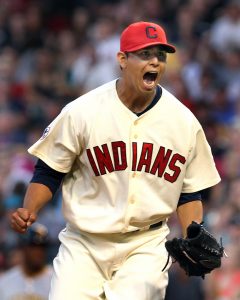
Honorable Mentions:
Jacob DeGrom, Kyle Hendricks, Justin Verlander, Robbie Ray, Zack Greinke
Featured picture taken from SI.com
